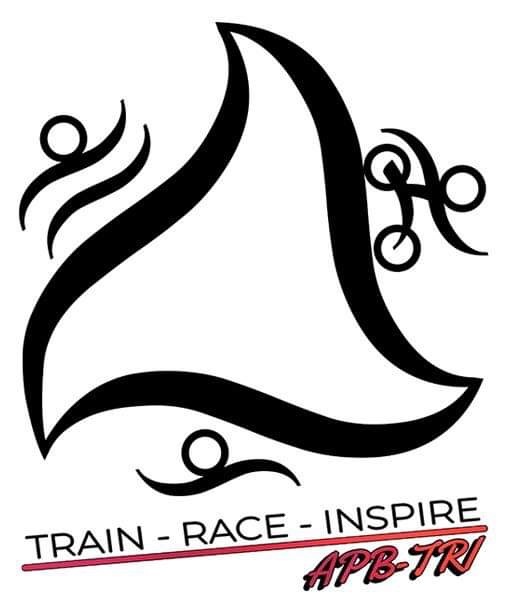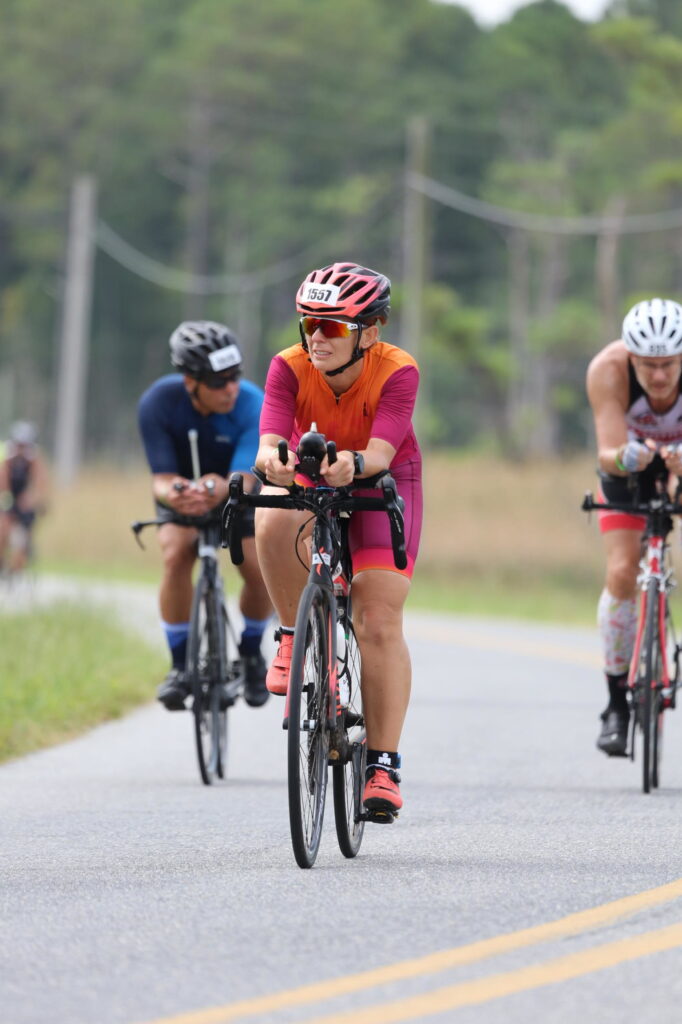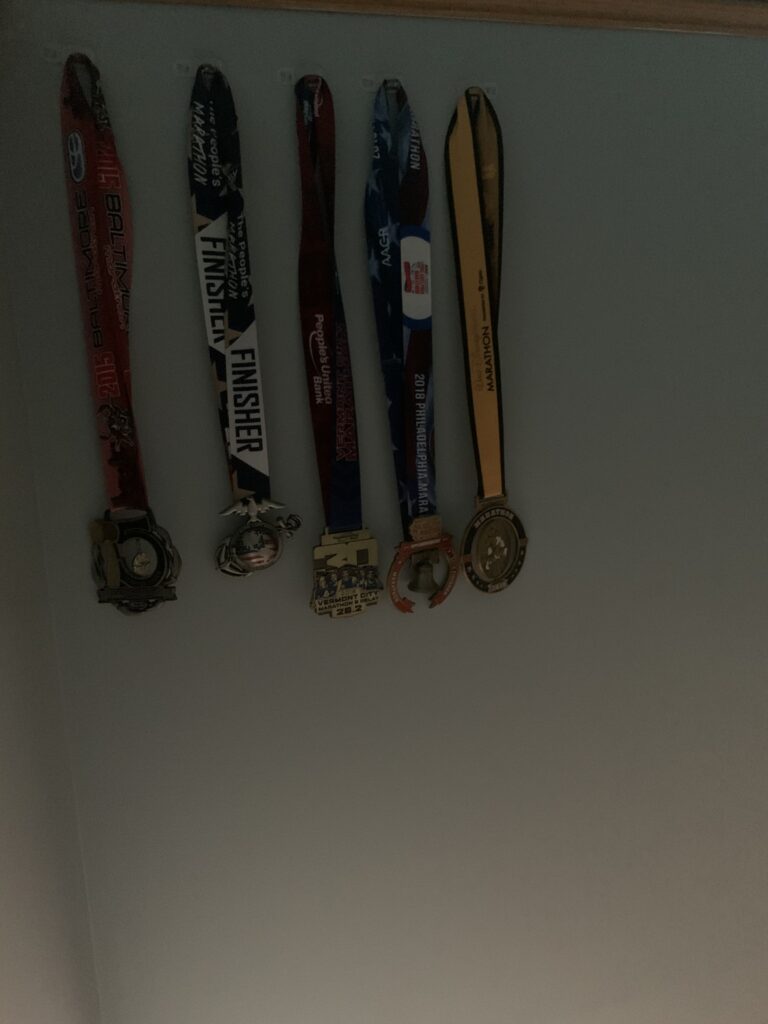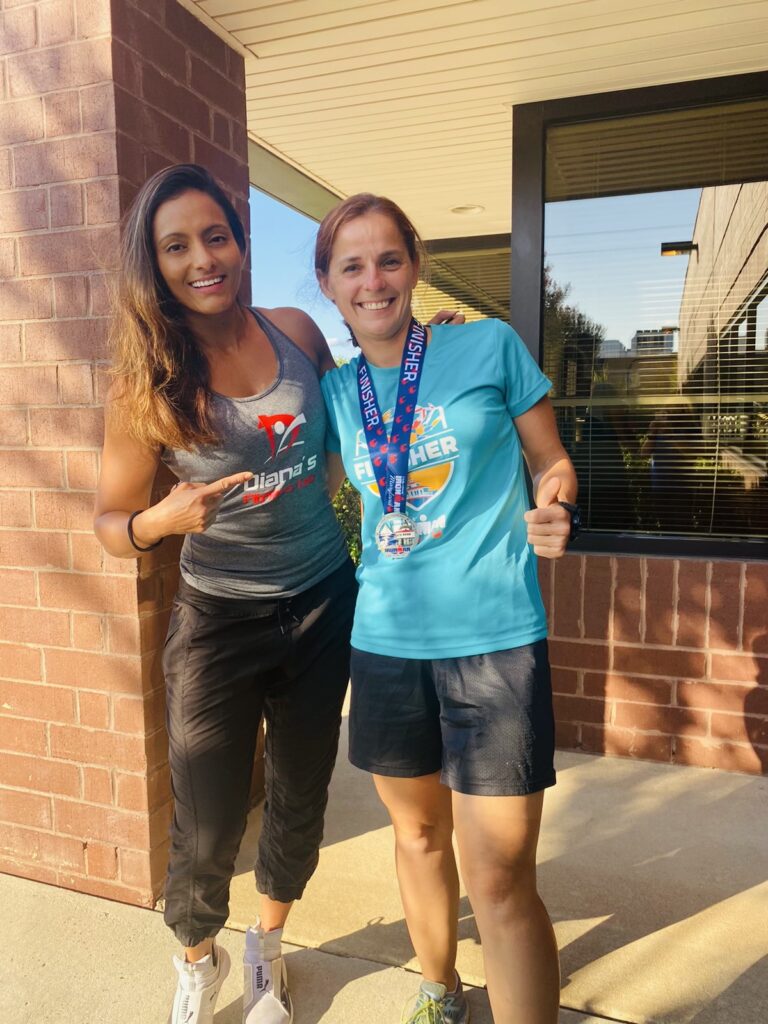
Swim caps where the bane of my existence when I used to be a swimmer as a kid. They were uncomfortable, ripped easily and looked stupid (and yes, I was of the age when that mattered to me). As an adult, I spent many years resisting wearing a swim cap, but eventually caved in. This decision was definitely helped by the fact that I didn’t need to buy ones and they were a bit of a flex on other athletes at the pool – see image above as to why 😉.
I did a lot of soul searching when it comes to deciding whether to wear a swim cap or not, so here is what I figured out.
Why wear a swim cap?
Let’s first deal with the obvious cons that any of us can name immediately.
If you remember swim caps tearing easily when you were a kid on a swim team, then there is good news to be had: science made progress on this and they are a bit more sturdy. You can also choose silicone over latex, as they are more dureable.
Swim caps pull on your hair and/ or hurt your ears? Good news here, too! It means you were wearing ones that were too small for you. Whether it was because one size didn’t really fit all or because you had to keep one for way too long as you were growing, that’s over. You can go to the store and buy yourself a cap that actually fits your head.
They look hideous. Well, they won’t be winning beauty contests, but at least there are more choices than what I used to have in the late 80s/ early 90s in Poland when capitalism was just sprouting.
Let’s move on to the benefits!
Keep your hair out of your face
This matters mostly to people with longer hair. I always braid my hair for swimming and it sort of works. Except for that one time when my hair tie slipped off. And those multiple times when my hair came loose and ended up all over my face. Oh, and let’s not forget my daughter coming from under the water looking like the swamp creature when her loose hair decided to stick to her face! Generally, your swim cap will keep your hair where it belongs. This is actually awesome!
Keep your hair out of the pool
We all lose hair daily. And if you doubt it, try living with (or being) a long-haired woman. You will definitely find hair around! Especially in the shower… It happens when you swim, too. I think we can all agree that interacting with somebody’s hairball in the pool is just plain gross. So help your fellow swimmers out, keep your hair to yourself!
Keep the pool out of your hair
This comes as a surprise to most: your swim cap won’t keep your hair dry. However, it will be a bit less wet. But this is not where the main benefit comes from. It gives the chlorinated water less access to your hair. Additionally, if you get your hair wet before putting a cap on, your mane will be sufficiently saturated by liquids that it will keep harmful chemicals away. Yay for preventing hair damage!
Reduce drag
If you are just a weekend warrior, this may not be as big of a deal for you. Competitive simmers wear caps to reduce drag in the water. It keeps your ears tucked in and surface smooth (unless you have an ill-fitting cap, but that’s a different question). When you have lower drag, you swim faster and more efficiently.
Keep your goggles and earplugs in place
I don’t know how about you, but I like when things I have on my stay put during my workouts. Hence bandanas when I run. When you swim, you usually wear three things: swimsuit, goggles and swim cap. You may also use earplugs if it’s important to you not to get water in your ears. Personally, I am more put off by the idea of having something in my ear, but I know that it’s a personal bias.
It’s easy to figure out how a cap can help keep your earplugs stay put: after all, it squeezes your head. I don’t know if it’s easy for them to come loose, but based on my research, it is a problem for at least some.
For the goggles: straps get a better grip on the cap than they can on the hair, so it’s easier for the strap to remain where you put it, even during some of the more ‘dynamic’ moves in the water. I also enjoy not having my hair tangled in the goggle strap. I was surprised not to see anybody else mention it in any of my research, so maybe it’s just me?
Improve visibility
No, you can’t see better in a swim cap. But you can be seen. And that’s important, especially when you swim in the open water. There are some key differences between pool and open water swims (which I described here), but an overarching theme is safety. Sometimes you will want to be seen, so that somebody won’t run into you. Otherwise, you will want them to see you, so they can come get you. And how to do it in open water? Bright swim cap for the win! (Although safety buoys are awesome, too and you should get one).
Keep you warm(er)
So this is a double-edged sword… Swim cap will keep your head warmer, which is awesome, especially during a cold open water swim. On the other hand, you may be in a hot place or a too-warm pool and want additional way for heat to escape.
Types of swim caps
Swim caps are usually divided by material they are made of:
- Latex
- Silicone
- Spandex/ Lycra
- Neoprene
Each has its pros and cons and I found this article to be helpful in understanding pros and cons. Based on all the articles I have seen, they at least stopped making rubber grandma caps! Or if they did, they became rather rare. Thank goodness! Nobody should be subjected to that!
Swim cap makers made progress in a few other areas as well. Now they have caps for people with long hair and not necessarily large heads. I saw a few articles about caps for Black hair. I am so grateful that gear is becoming more inclusive! We all deserve to have our needs met!
Now that you know, go back to your workout! I will see you out there!










